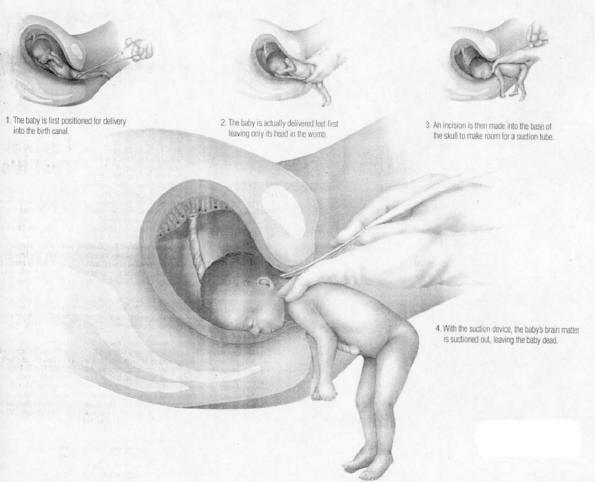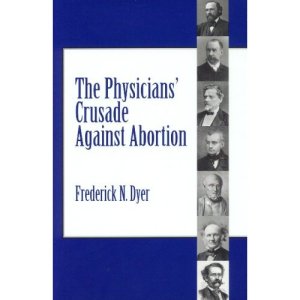The lengthy legal battle over parental notification for minors who seek abortions continues in Illinois.

Last year's demonstration
The Parental Notice of Abortion Act was passed and enacted by a pro-abortion governor in 1995, but it has not gone into effect because of ongoing legal challenges from the American Civil Liberties Union (ACLU). The law requires an abortionist to notify a parent or legal guardian before carrying out the procedure, unless the minor provides a written statement that she is a victim of abuse or secures a confidential "judicial bypass."
But in response to the ACLU's challenges, the Thomas More Society recently took another step toward getting the 15-year-old law enforced.
"We have just submitted an amicus brief on behalf of a group of Illinois state's attorneys in support of the Parental Notice of Abortion Act in the state of Illinois," reports Peter Breen, executive director and legal counsel for the Thomas More Society. "As you may remember, Illinois is the only state in the entire Midwest that doesn't require either parental notice or consent prior to a child being taken for an abortion."
That amicus brief argues that the state constitution does not confer abortion rights and that numerous federal and state courts have upheld the constitutionality of parental notice. Breen is hopeful the support of many county prosecutors will add weight in the law's favor. But as the parental notice act has remained in limbo, the legal counsel laments that Illinois has become a dumping ground for children from other states who are seeking abortions.
"Since this law was passed but enjoined, 50,000 young people have been subjected to abortions in the state of Illinois, without any requirement that their parents be notified or that their parents consent prior to the procedure," he reports.
Breen understands the court may hear the case on an expedited basis, and that it may even provide a quick decision after a decade-and-a-half of litigation.
Contact: Charlie Butts
Source: OneNewsNow
Publish Date: November 30, 2010


















